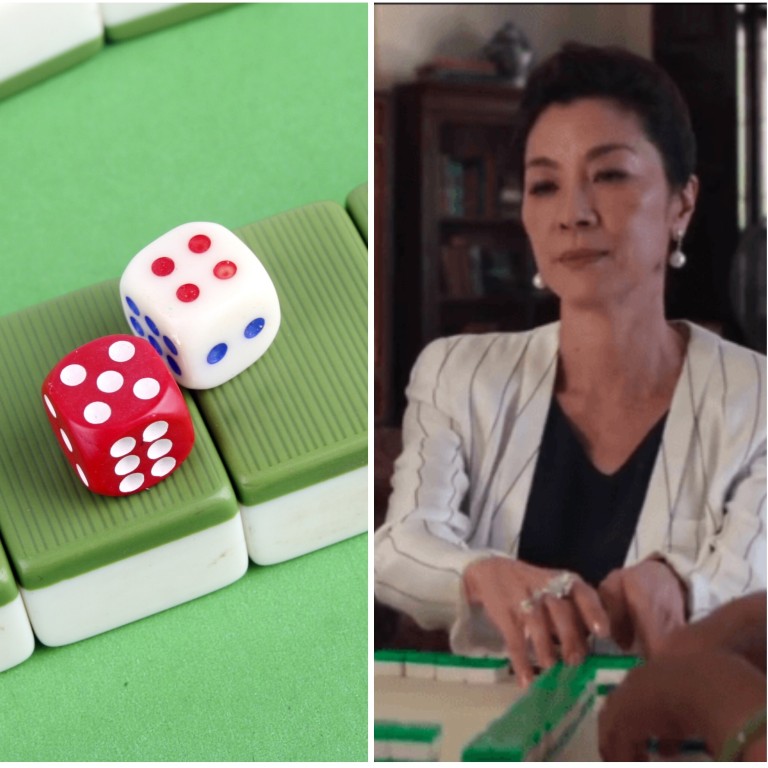/ The Mahjong Line was playing with fire with its ‘refresh’ of the beloved tradition, recently featured in Hollywood film Crazy Rich Asians – but how did the Chinese tile game begin?

Considering its popularity in Hong Kong and abroad, among everyone from gamblers to business moguls, it’s no wonder this recent ‘modern makeover’ provoked an angry backlash and accusations of cultural appropriation – but where and when was mahjong born?
From the clacking of tiles echoing from players huddled around outdoor tables in cities across East Asia, to dramatic cinematic showdowns in movies like Crazy Rich Asians , it’s clear that mahjong plays a deep role in Chinese social culture. But where did it come from, and how did the beloved four-player game begin?
Mahjong first appeared during Imperial China’s Qing dynasty around the mid-1800s, but it was influenced by Chinese card games like pai gow that go as far back as the Southern Song dynasty.
The game is usually set up with four players sitting at a table with 144 tiles that are mixed, stacked then distributed. It’s a game that requires strategy, intelligence and a bit of guile in reading other players’ tactics to acquire a winning hand of 14 tiles formed by melds of identical and sequenced pieces. More important is the game’s social significance and the fact that every class in society engages with it.

The basic game has 136 tiles, including three suits of 36 that are divided into four numbered sets, each running between one and nine. There are also 16 wind tiles and 12 dragon tiles. Sets also include eight tiles with four flowers and four seasons, but these are not used if you’re playing the basic game.
The goal of the game is to get 14 of your tiles into four sets and one pair. A pair is two identical tiles. A set can either be a pung, which are three identical tiles, or a chow, which is a run of three consecutive numbers in the same suit.

This is all why American company The Mahjong Line’s recent decision to “refresh” the centuries’ old tradition was greeted with such disbelief and outrage.